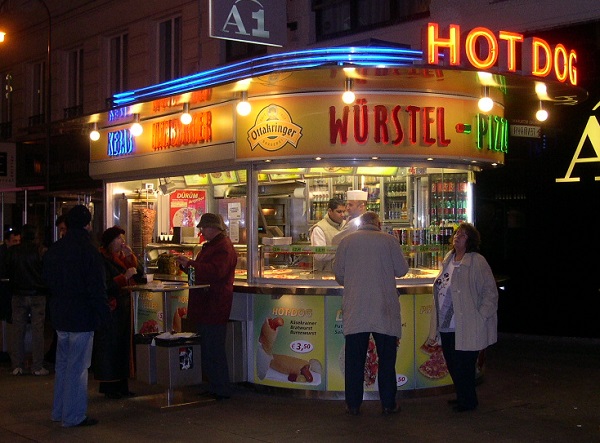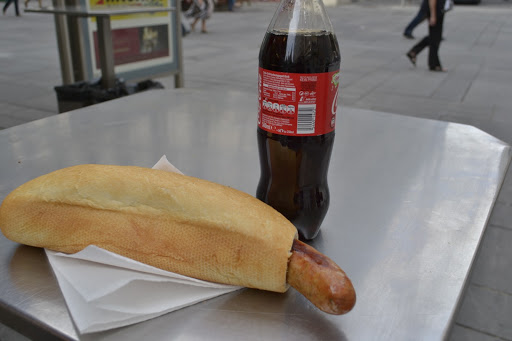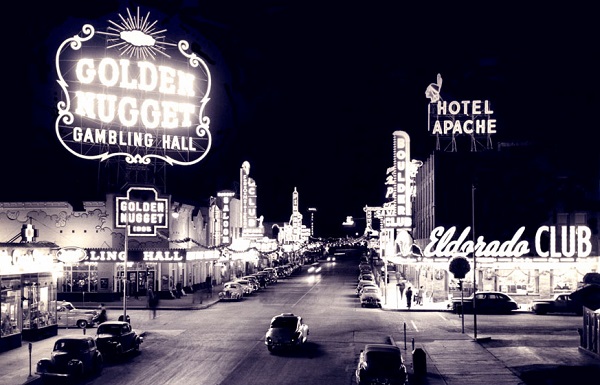I could have died, twice, on my drive from Plano to Las Vegas — and both times were from my absolute and utter stupidity.
Day 1 — last Sunday — saw me leaving home at about 8am, day’s end destination TBD, looking forward to a drive through small-town America.
By late afternoon, I finally cleared West Texas. I won’t say it was a boring drive — I did hit a tumbleweed full-on somewhere outside Plainview; terrible mess, cleaning twigs and such from my front bumper and license plate — but it was when I got to New Mexico that the fun started.
Normally, I travel very carefully and with much preparation so that I don’t have to worry while on the road. This trip was a little different. Maybe my mind was still in Britishland, where no trip lasts longer than a couple of hours, and if it does, there are always villages and such where one can find gas and such — and even on the small byways, there’s traffic.
This was not the case on US Highway 60 in New Mexico. Whoa. I could drive for an hour without seeing anybody — couple of trains, but few cars and even fewer people. So when my gas gauge showed a quarter-tank, I looked at the map and saw that the next town was 30 miles away — easy, because even when my gas warning light comes on, I get 40-odd miles, as my car’s handy lil’ trip calculator showed. Except that the next town wasn’t a town, per se, but a few houses; and no gas station. Okay, the next town was only 15 miles away, so no problem, right?
By now night had fallen and the temperature had plummeted from Texas’s warm and friendly 56F to much less: about 28F with, as I was to discover, a biting wind which put the chill to about 15F.
As I got to the next town, I looked for a gas station, but nothing was visible. According to the calculator, I now had 20 miles’ gas left. Shit. There was also (surprise, surprise) no cell phone coverage along that stretch of road.
Nor was there anything in the next “town” on the map. So on I went, too scared to look at my gas gauge until I got to the next marked town.
There was a motel on the east side of the town, and I decided that if there was no gas station in town, I’d turn back at the town limits and stay the night there, and deal with the fuel issue the next morning: in that kind of weather, sleeping in the car was right out.
Luckily, however, I turned a corner, went under a railway bridge, and there was the blessed sight of a 7-11. I dad to pop an aspirin tab, my heart was racing so fast by that point.
I stopped, filled up (nearly freezing to death in the process, because — idiot! — I had forgotten my gloves at home), and set off again. Right before I filled up, though, I checked the trip calculator one more time, and saw that I’d had 12 miles’ of gas left. Way too close for comfort.
Anyway, just as an intellectual exercise, I looked to see where the next gas station showed up — US 60 was about to join I-25 shortly, according to the map, and there had to be a gas station there, right?
Wrong. The next gas station anywhere came up a full 30 miles after I’d filled up. Without that 7-11, I would have run out of gas in the middle of Fuck Nowhere, NM. I wouldn’t even have made it to I-25.
And with no traffic to be seen anywhere, I would have had to stay in my car and wait till morning. Where I would have been found, probably as dead as a doornail and stiff as a board — even though I had a blanket and warm clothing.
But that was nothing, compared to what happened to me the next day. I’ll tell you about that tomorrow.




